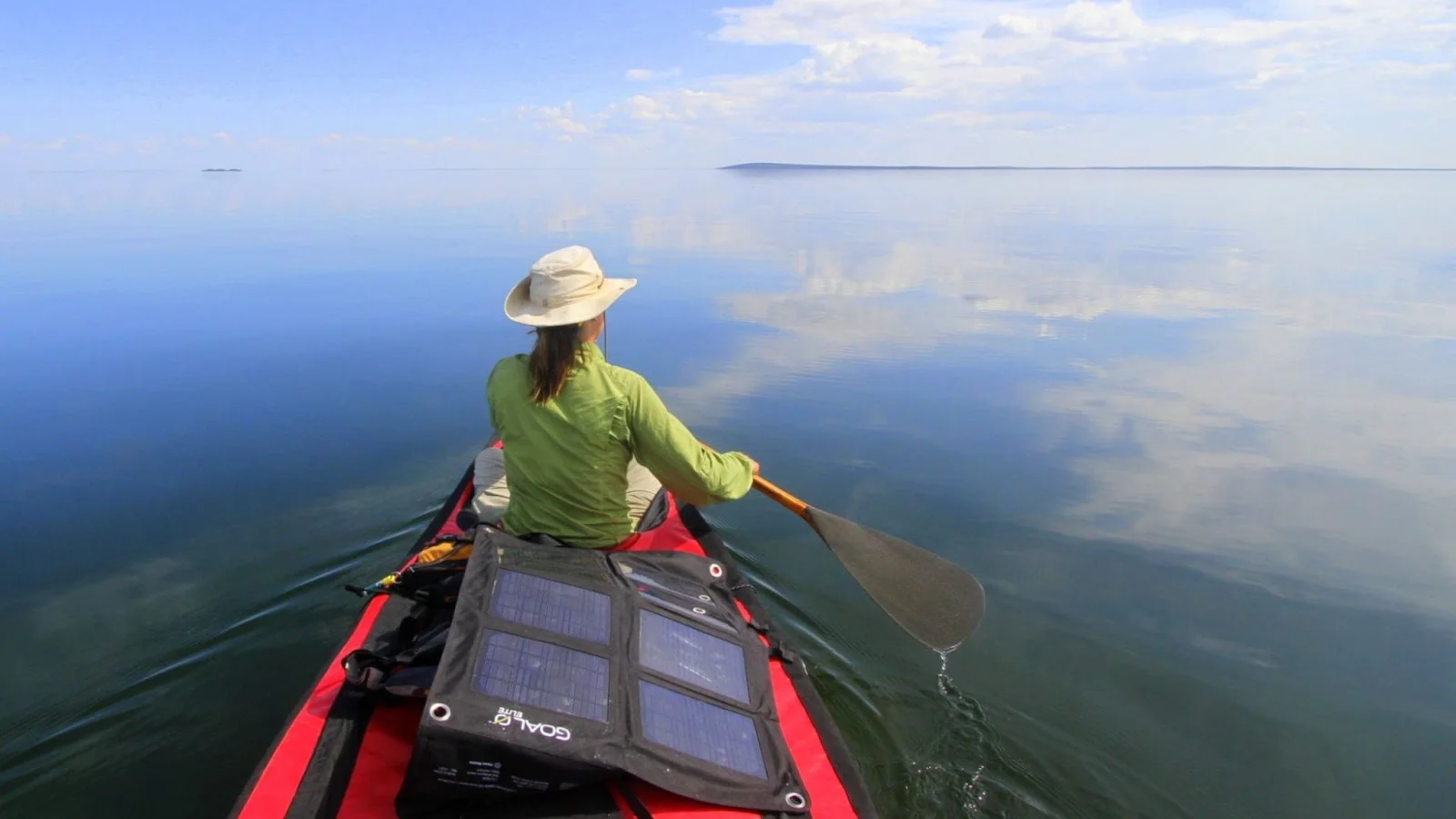For many couples planning a honeymoon, their minds drift to romantic or relaxing locales where they can kick back and relax following the hecticness of the wedding. For Amy and Dave Freeman, that sort of post wedding trip simply wouldn’t do.
By the time they tied the knot, the couple had already extensively explored South America. Now the duo had their native North America in their sites. This wasn’t going to be just any trip—this was slated to be a rugged, 12,000-mile expedition traversing the continent by canoe, kayak, and foot, as well as remote northern regions by dogsled.
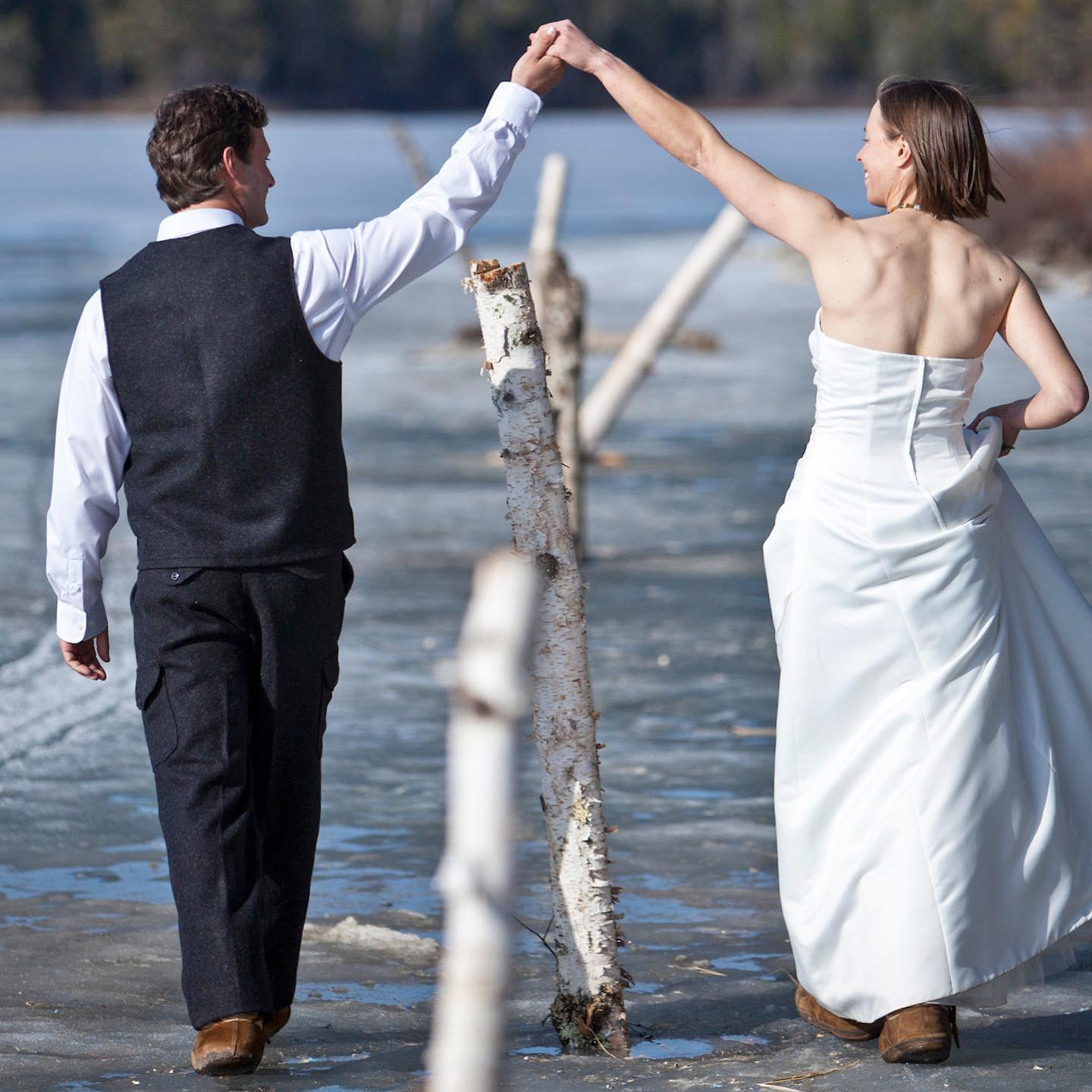
The Freemans on their wedding day. (Photo: Dave & Amy Freeman Facebook)
The couple had been married on the Spring Equinox on thinning ice in their beloved Minnesota, where they had met. By April, they were slipping sea kayaks into the icy waters of the Salish Sea in northwest Washington State, their bows pointed north to Alaska.
From that fateful day, the Freemans spent the next three years living in a tent, pursuing their goal, and virtually sharing their journey with thousands of students through their non-profit, The Wilderness Classroom.
Now, in their latest book, North American Odyssey, the couple recounts their epic journey and shares the unanticipated lessons they learned along the way.
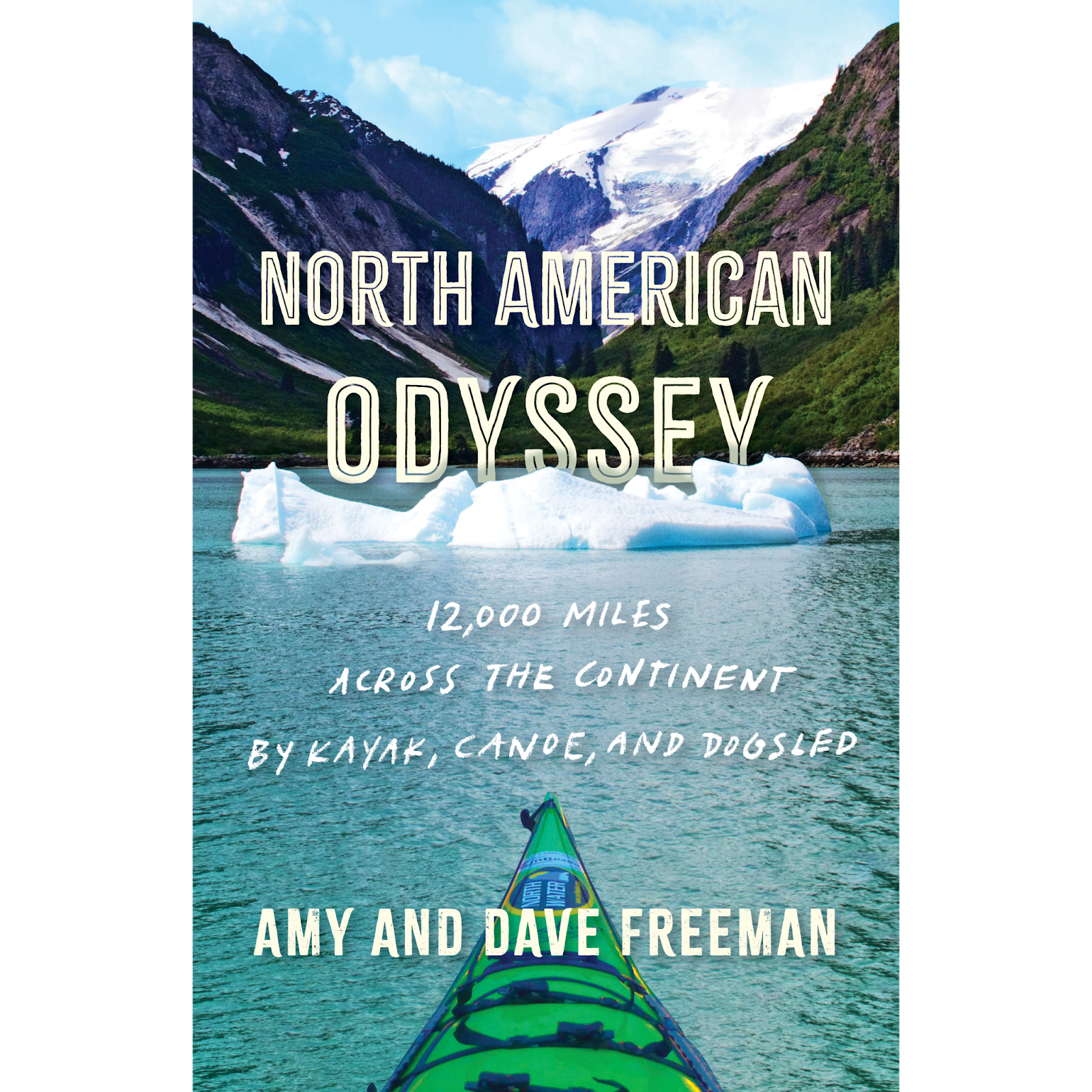
In the wake of your wedding, you set out on a 12,000-mile journey that lasted three years. What made you want to take on such an extensive expedition rather than breaking it up into smaller chunks?
I think we were looking for a real challenge and we just feel most at home and alive when we are out in nature and active. Plus, we wanted to provide regular educational content to the tens of thousands of students who were following our journey through Wildernessclassroom.org
In the planning stages, was this trip solely about having an adventure or were there other motivations behind it?
From the beginning our main focus was using this journey to help others appreciate the natural world and hopefully inspire people to spend time outside and protect the world's wild places. Our main focus was engaging with elementary and middle school students through the Wilderness Classroom, which is a non-profit that Dave started with Eric Frost in 2002. Shortly before the North American Odyssey we paddled 3,000 miles across the Amazon with Eric Frost and a variety of other adventurers, scientists, and educators. After crossing South America we thought, "Why not cross North America?".
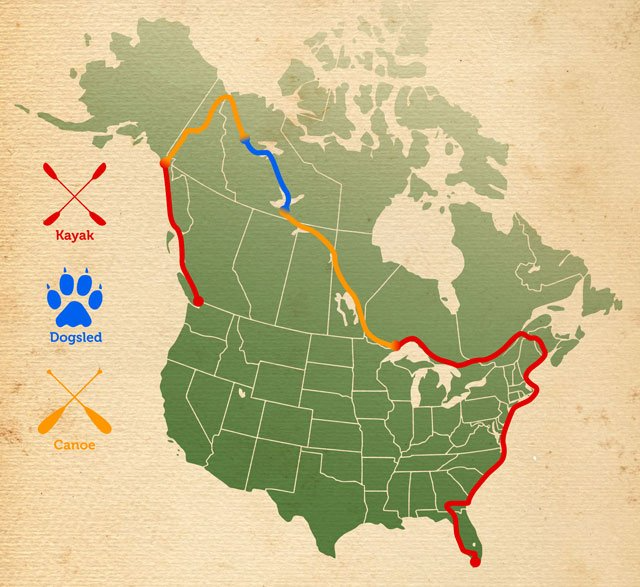
Route map of the North American Odyssey. (Photo: Courtesy of Amy & Dave Freeman)
Can you highlight some of the best parts of the trip?
It is hard to pick a few best parts, but I think having a pair of humpback whales swim right up to our kayaks in Alaska will always remain etched in our minds. The winter we spent dogsledding across the Northwest Territories was also really special. That section was extremely remote and challenging with temperatures as low as -54 F, but we also watched caribou streaming across the frozen expanse and stopped in seven small Dene communities that are only accessible by airplane or ice road. We expected the wildlife and the landscapes to be the highlight of the journey, but the people we met along the way and specifically the people we encountered in remote corners of the far north had a profound impact on us, which we try to bring to light in the book.
What were some of the most challenging aspects?
Severe cold and deep snow while dogsledding and the sheer vastness of many of the landscapes that required us to carry up to seven weeks’ worth of food and supplies at a time while paddling and dogsledding were especially challenging. Some of the sections that we traveled through in the heart of the continent are rarely visited and portage trails were often absent or very rough and hard to find. That really added to the adventure and the sense of accomplishment, but it also made things more challenging.
What were some of the most shocking instances of environmental degradation or examples of climate change that you encountered?
We camped on a beach in northern BC which was covered in so much plastic that it took us over five minutes to clear a space large enough to set up our tiny tent. Our friend John was paddling with us at the time and he just set up his tent on a giant piece of styrofoam that was larger than his tent footprint.
We were overtaken by a massive wildfire in northern Canada and had the eye of Superstorm Sandy in New Jersey while we were kayaking down the east coast. Climate change is causing wildfires to burn larger areas and is causing hurricanes to become more powerful. Living through these two natural disasters really caused climate change's impacts to sink in. When we see the devastation caused by storms like Helene and Milton it just brings us back to the week we spent helping in the early stages of clean up after Sandy and the total destruction we witnessed along the first hundred miles of coastline as we paddled south after Superstorm Sandy.
We also spent more than a week paddling through a massive blue green algae bloom along the wild and roadless eastern shore of Lake Winnipeg in Manitoba. Agricultural runoff from farms, mostly in the U.S., flows north into the south end of Lake Winnipeg and causes these massive blooms in the late summer. These blooms can cover hundreds of square miles and produce a toxin that can't be boiled or filtered out of the water. We even had to try and keep our dog from drinking the water and we had to gather water from tiny streams flowing into the lake because the lake water would have made us sick if we drank it.
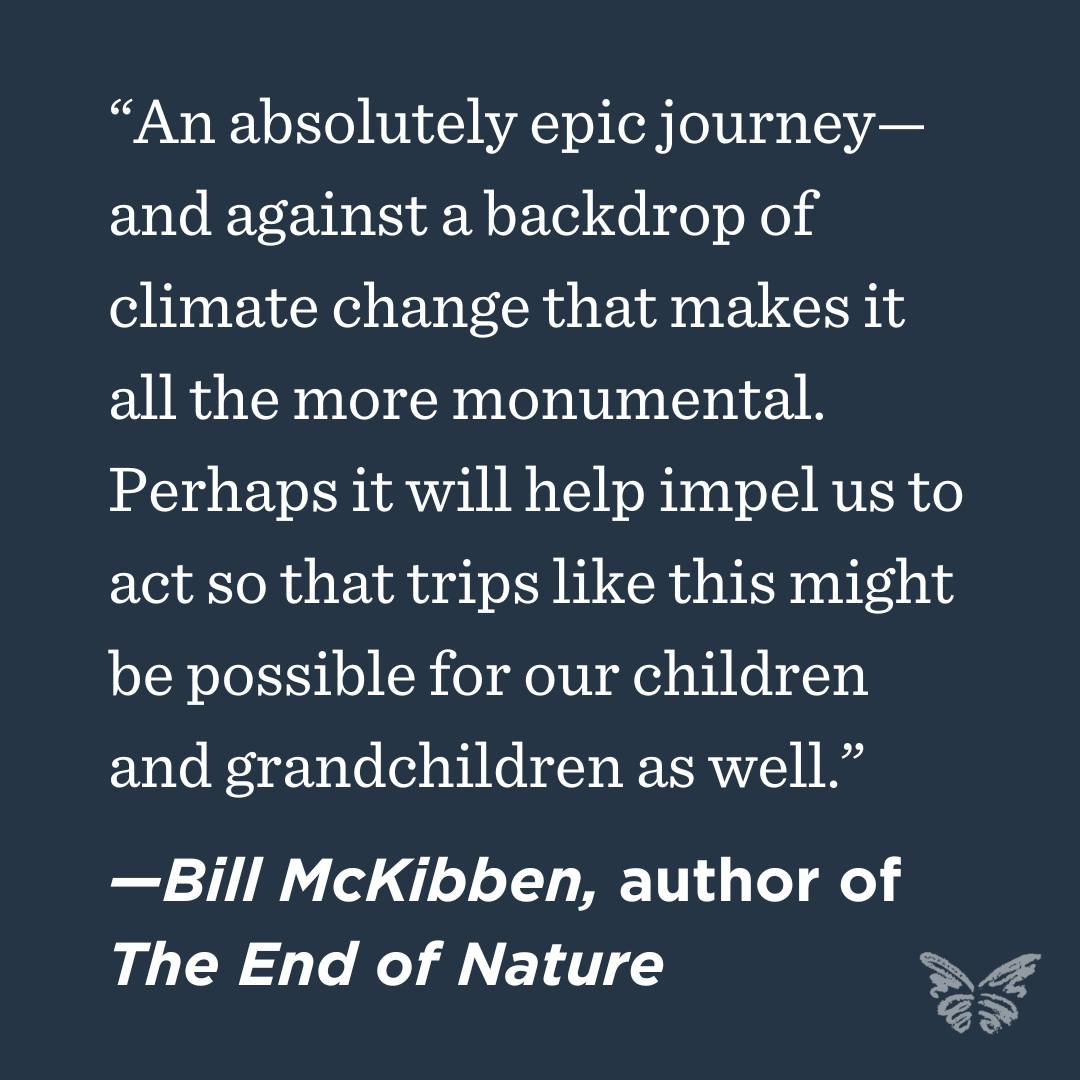
Can you describe some of your most memorable encounters with community members from impacted areas?
We had some really special encounters with Dene people in the Northwest Territories who have been impacted by radiation from uranium mining in the past and also the massive decline in caribou herds that is currently taking place. Their lives and cultural identity are still so closely tied to the land. An elder named Leroy talked with us about his time on the land hunting and fishing in his youth and traveling by dog team and how the decline in caribou and the inability to hunt and provide meat for the community has had a profound impact on him and many others. On numerous occasions people offered up their houses for us to stay in while they were out of town and stepped in to help us in countless ways. Their generosity towards us and their knowledge and connection to the land really impacted us.
What was the most surprising aspect of your journey?
I think it was really two things that are really stark contrasts. The warmth and generosity we experienced all along our route from tiny remote communities to paddling into Boston and New York City and finding total strangers willing to help a couple grungy adventurers was a real surprise and a highlight. However, on a darker side, we were not prepared for the glaring environmental impacts we would experience. We had always envisioned the pollution and degradation to be concentrated in densely populated areas and largely absent in the vast stretches of wilderness that we spent the first two years exploring. Unfortunately, we quickly realized that roads and pipelines being constantly pushed into the last vast stretches of unprotected wilderness and that humanity's shadow is clearly visible everywhere and, in many cases, the climatic changes are happening faster in the far north.
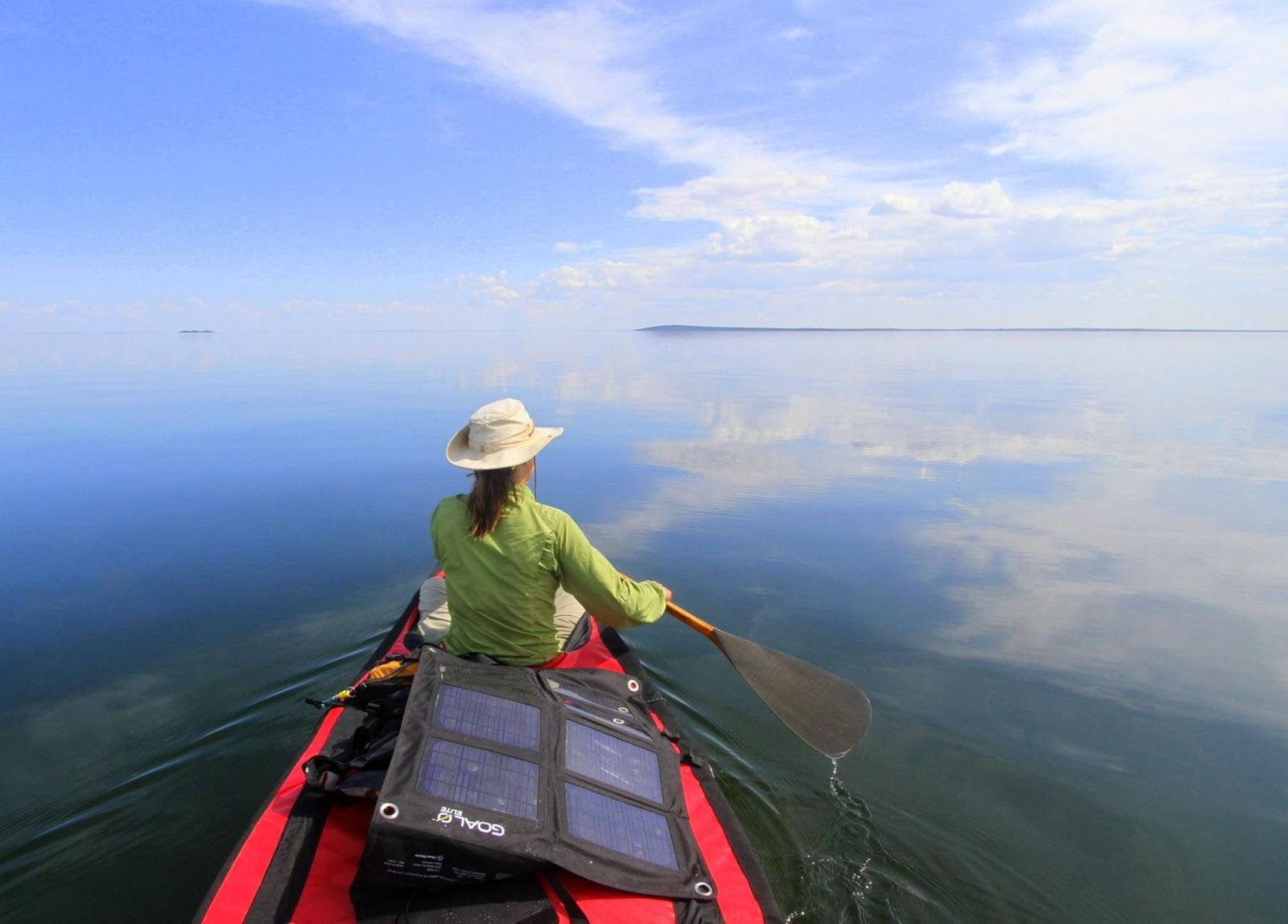
Amy Freeman paddling in Saskatchewan. (Photo: Amy & Dave Freeman)
Why did it feel important to you to share this journey through a book?
Hopefully the more polished and thoughtful account that the book provides will reach a new audience. We were really focused on reaching kids during the North American Odyssey and the book really provides us an opportunity to share the journey with adults. We really hope it will inspire someone who reads it to set an audacious goal and go for it. Ultimately this journey taught us that we can accomplish whatever we set out to do if we stay focused and don't give up. This journey gave us the confidence and the skills we needed to spend a year in the Boundary Waters Canoe Area Wilderness to help protect the Boundary Waters from copper mining pollution. Our work to protect the boundary waters has made a difference and helped protect our nation's most popular Wilderness area. Many people have told us how much they loved our first book, A Year in the Wilderness: Bearing Witness in the Boundary Waters. Their feedback and the ripple effect the book has had in raising awareness about the Boundary Waters really inspired us to write this book. This book is really a prequel to A Year in the Wilderness.
What’s currently on the horizon that you’re most excited about?
Four years ago, we bought a 36-foot expedition sailboat named Iron Bark. We have been splitting our time between guiding canoe trips in the Boundary Waters for Ely Outfitting Company and exploring the ocean aboard Iron Bark. We are using Iron Bark as a floating classroom of sorts to teach students across the US and around the world about oceans, rainforests, and other wild places through WildernessClassroom.org. We live stream into classrooms to deliver engaging interactive programs that typically last for 30 to 50 minutes. We call these programs virtual school assemblies because it is basically like a traditional school assembly where all the kids would gather in the auditorium for a school wide program, but instead of being on stage, we are beaming into their school from our sailboat floating on the ocean using Zoom. We have conducted several hundred virtual assemblies over the last few years and we are super excited to both continue sailing and exploring the ocean and reach more students through these interactive live streams and emerging technologies that help spark kids' interest in the natural world.
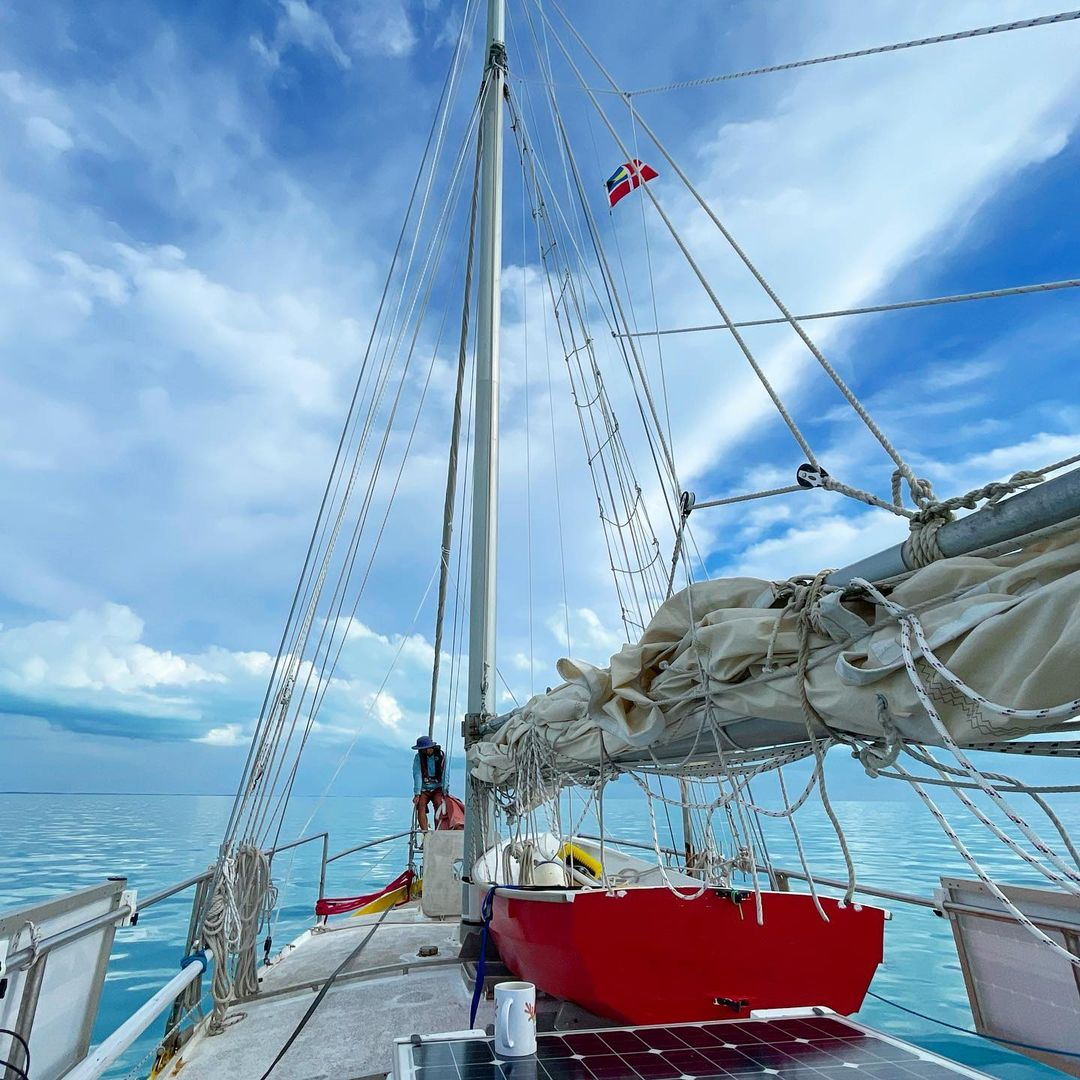
Dave aboard Iron Bark in the Bahamas. (Photo: Dave & Amy Freeman Instagram)
